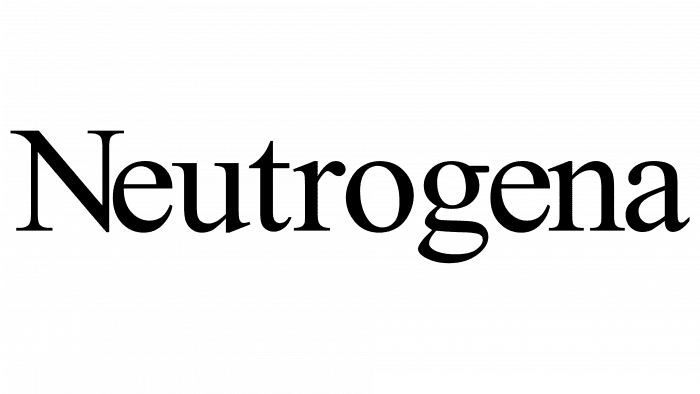Femininity and beauty are the results of using the brand’s cosmetics. The Mary Kay logo indicates an understanding of the feminine nature and skin needs of clients of all ages. The emblem promises every customer a necessary and useful product.
Mary Kay: Brand overview
| Founded: | September 13, 1963 |
| Founder: | Mary Kay Ash |
| Headquarters: | Addison, Texas, U.S. |
| Website: | marykay.com |
Meaning and History
Mary Kay Ash already had a lot of experience in direct selling when she started her own company. For a quarter of a century, she has been selling products from other manufacturers. Taking the risk, the future number one person in network marketing created a real empire of beauty, where everything is. Today the brand offers perfumes and various cosmetic products – both care and decorative.
To achieve this level, the founder had to work hard on its image: she prioritized the logo. Having reached the peak point of development, the company did not want to abandon the familiar symbols to lose the customer audience.
What is Mary Kay?
Mary Kay is a multi-level marketing network trading company. It deals with direct sales of cosmetics, starting in 1963. The headquarters of the American brand is located in the city of Addison, Texas (USA).
The current Mary Kay emblem is an example of a clean yet elegant design. On the one hand, it amazes with its simplicity; on the other, it reflects the owner’s individuality and business. It symbolizes openness, accessibility, originality. There is nothing superfluous in it – only focus on basic information, that is, on the brand name. Typically, the brand name is used alone, and sometimes in addition to a rose flower or a kiss made with lipstick. But one thing always remains unchanged – catchy simplicity.
Mary Kay: Interesting Facts
Mary Kay Inc., started by Mary Kay Ash in 1963 with just $5,000, has grown into a leading name in cosmetics and a model for direct sales, aiming to empower women financially and personally.
- Foundation: Mary Kay Ash wanted to give women equal opportunities to succeed in business, a revolutionary idea at the time.
- Pink Cadillac: Known for rewarding top sales directors with a pink Cadillac since 1969, it symbolizes success in the company and remains a sought-after prize.
- Direct Sales: Mary Kay pioneered the direct sales model, allowing people to sell products directly to customers and enabling many women to become entrepreneurs.
- Global Presence: From a small store in Dallas to a worldwide operation, Mary Kay’s beauty and skincare products are loved in over 35 markets.
- Innovation: By investing in research and development, Mary Kay ensures its products are safe, effective, and innovative while maintaining high standards.
- Giving Back: Established in 1996, the Mary Kay Foundation supports research on cancers affecting women and domestic violence prevention, showing a deep commitment to social causes.
- Environmentally Friendly: Mary Kay focuses on sustainability, working to reduce its carbon footprint, minimize waste, and use sustainable packaging.
- Cultural Influence: Beyond beauty, Mary Kay has inspired books, studies, and plays on female empowerment and entrepreneurship, highlighting its broader impact.
- Awards: The company has been recognized for its products, culture, and social responsibility, showcasing its commitment to excellence and positive influence.
- Evolving Legacy: Even after the founder died in 2001, Mary Kay continues to grow and innovate, always staying true to its mission of empowering women.
Mary Kay Inc.’s story is not just about cosmetics; it’s about empowering women to achieve great things, combining entrepreneurial opportunities with a commitment to positive global impact.
Font and Colors
The designers entrusted with creating the visual identity mark for Mary Kay used light and sophisticated typeface, offering a unique combination at the end. The key detail that distinguishes this emblem from all others is the elegantly connected ends of the legs “K” and “A.” Two adjacent letters touch imperceptibly since the letter-to-letter distance remains intact. Elongated serifs make the connection.
Another characteristic feature that gives the Mary Kay logo originality is the different levels of the centerline. For example, the horizontal bar on the “A” is much lower than the “R.” Also, the “R” has an open connection type – the central stroke does not reach the left leg.
The next unique detail is the lower curl at the end of the tail “y” (in the emblem, the lowercase version equal in size to the uppercase one). The line is extended more than usual and goes far beyond the boundaries of other symbols. This is the only hand-drawn element in the logo.
As for the typeface itself, it resembles Shango-Medium, which is based on the Schneidler Initials font. However, the inscription has nothing to do with Shango. This is Bauer Text Initials by FHE Schneidler with very thin serifs. It was developed by the eponymous designer in 1936. Its second name is Schneidler Old Style.
The color scheme of the Mary Kay logo is much simpler than the typeface. It contains the classic mix of white and black, although painted versions are also used. The monochrome combination facilitates cosmetics’ perception in small containers and does not distract attention from their contents.
Mary Kay color codes
| Black | Hex color: | #000000 |
|---|---|---|
| RGB: | 0 0 0 | |
| CMYK: | 0 0 0 100 | |
| Pantone: | PMS Process Black C |






